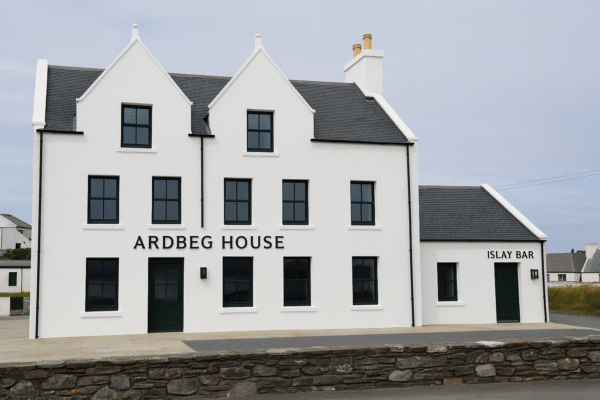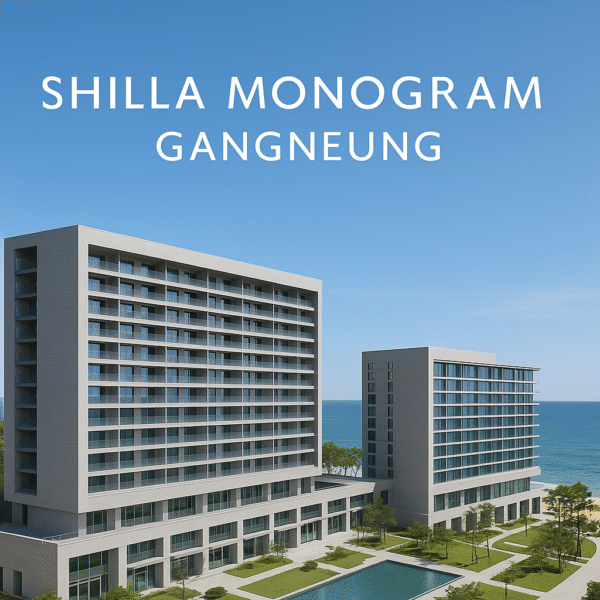As Amsterdam becomes an ever-more popular global destination, increasing numbers of locals are raising their voices—in protests, campaigns, and daily frustrations—arguing that overtourism is compromising their city’s livability. Crowded streets, ballooning housing costs, overflowing trash, and a diluted urban character have catalyzed a growing movement demanding a more balanced approach to tourism.
Local Discontent Sparked by New Development
The recently unveiled Diamond Hotel at Leidseplein, replacing the beloved Heineken Hoek, has become a flashpoint. Many residents decry its striking yet incongruous design, likening it to a motorway rest stop and a visible symbol of tourism-first development. Emboldened by the “Het is Genoeg” (“That’s Enough”) movement, citizens led by activists like Dingeman Coumou argue that such projects prioritize visitor appeal over neighborhood cohesion and cultural authenticity.
Everyday Life Under Siege
Though famed for its canals and heritage, Amsterdam’s appeal has a price. In 2023, overnight tourist stays reached roughly 22 million—surpassing the city’s own 20-million-visitor cap—creating fierce competition for housing and public space. Long-time residents complain that they’re being edged out, both physically and culturally, by a city skewing toward short-term rentals and hotel developments for outsiders.
Catastrophic levels of litter—the result of massive events and everyday visitations—have compounded the problem. Residents liken their city to a tourist-generated garbage dump, reporting rat infestations and overflowing waste bins. Even cherished century-old businesses are succumbing: the historic tea and coffee shop ‘t Zonnetje is reportedly on the brink of closure amid rampant gentrification and tourism-driven rent hikes.
Strain on Iconic Neighborhoods
Amsterdam’s old town and the Wallen red-light district are among the hardest hit by excessive tourist behaviors. Rowdy nightlife, public intoxication, and disrespect for local norms have turned peaceful neighborhoods into hubbub zones where residents recount having to push through crowds just to return home—all while the cultural character they once held dear fades under the tourist tide.
Response: Policies Targeting Sustainable Tourism
City officials have taken a multi-pronged approach to reclaim equilibrium:
- Visitor Limits & Hotel Cap: A longstanding policy caps annual tourists at 20 million. New hotel construction is restricted—only allowed if a prior hotel closes and if the total room count doesn’t grow. New developments must also meet higher sustainability standards.
- Cruise and River Tour Reductions: Cruise ship arrivals filtered into the city center will be capped at 100 per year from 2026, and river cruise calls are being reduced significantly thereafter.
- Regulating Tourist Behavior: Measures include a “Stay Away” campaign to deter rowdy or drug-focused visitors, restrictions on street cannabis use, earlier closing times for nightlife venues, a freeze on new tourist-oriented shops, and plans to relocate portions of the red-light district to designated zones.
- Housing and Rental Adjustments: Restrictions on short-term rentals, including night and occupancy limits, aim to balance tourist demand with local housing needs—though some argue the impact on real estate affordability remains insufficient.
Despite these efforts, residents report that overtourism still very much dominates daily life, particularly in the absence of substantive infrastructure reinvestment or redistribution of tourist flow to lesser-visited areas.
A Wider European Movement
Amsterdam’s struggle mirrors broader European patterns. Cities like Barcelona, Venice, and Mallorca are seeing parallel upsurges in local protests driven by overcrowding, housing displacement, and deteriorating local quality of life. Campaign slogans like “Your holidays, my misery” have taken hold, and European destinations are increasingly shifting toward fewer, high-value visitors who are encouraged to stay longer and respect local systems.
Towards a Sustainable Future for Amsterdam
The heart of Amsterdam’s challenge lies in forging a new tourism model—one that celebrates cultural heritage, supports residents, and allows visitors to engage meaningfully rather than in overwhelming numbers. Protests, policy shifts, and public frustration all spotlight a shared goal: sustainable tourism that protects Amsterdam’s magic without sacrificing its community.
As the debate unfolds, the city stands at a crossroads: continue on the current path of exponential tourism growth, or more deliberately shape an approach that prioritizes quality, not just quantity. For residents, reaching that balance could mean the difference between a vibrant home and a tourist playground.
For more travel news like this, keep reading Global Travel Wire















